What Are The "Little Five" Animals Of South Africa?
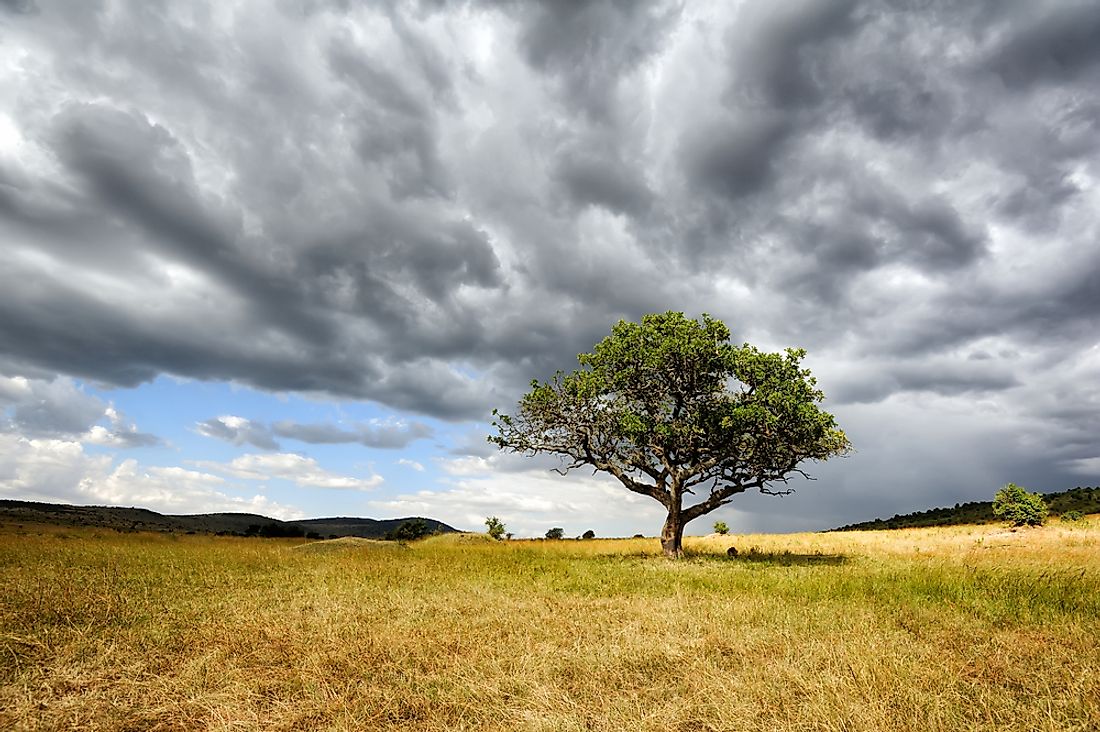
When we speak of South African wildlife, the first picture that comes to our mind is of the “Big Five” - the African lion, African elephant, rhinoceros, leopard, and the wild buffalo. These species are regarded as charismatic species and are often used as flagship species for conservation projects. However, in nature, every species, big and small, plays a vital role in the ecosystem. So just as it is important to save the “Big Five”, it is also necessary to ensure the survival of the other creatures of an ecosystem. Thus, conservationists came up with the idea of the “Little Five” to draw the attention of the masses towards the smaller creatures of our world. The five creatures selected to be the “Little Five” are the elephant shrew, buffalo weaver, leopard tortoise, ant lion, and rhino beetle. Interestingly, these animals share a part of their name with the “Big Five” of Africa. Here is a description of the “Little Five” of Africa:
5. Rhino Beetle
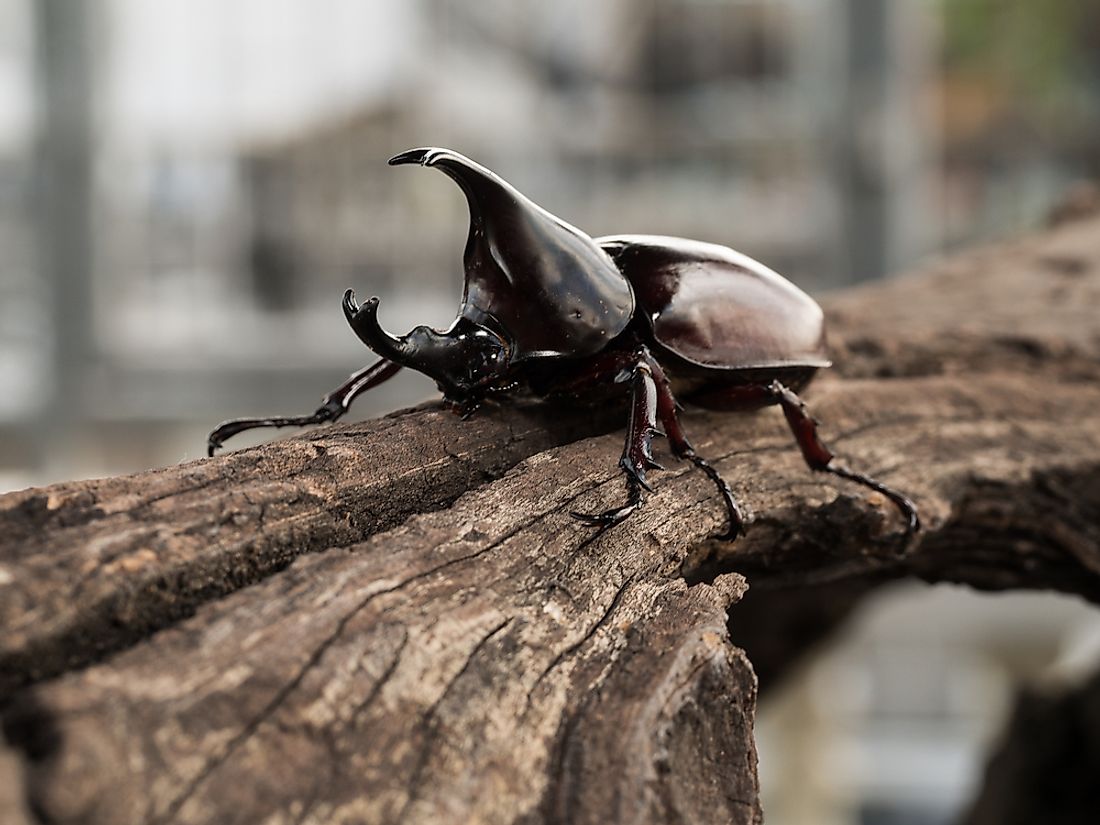
The rhinoceros beetles are a group of beetles notable for their large size and docile nature. These beetles attain lengths of about 150 mm but are completely harmless to humans as they neither bite nor sting. The rhinoceros beetles have received their name due to the presence of horns on the males of the species. Some famous species of the group like the Atlas beetle, European rhinoceros beetle, ox beetle, etc, are well-known for their unique shapes and size. The beetles are not efficient fliers but can fly for short distances. These are nocturnal creatures that tend to hide in the vegetation during the day. The lifespan of these beetles is about 2 to 3 years. The rhinoceros beetles are popular pets in some parts of the world. They are used for gambling fights in certain places where two males are lured to fight each other using a female’s mating call as the trigger to induce the males to fight. Since the larvae of these insects are rich in protein content, they can be used to serve as a protein source for future populations of the world. The beetles might also act as major pests if their population is not under control.
4. Ant Lion
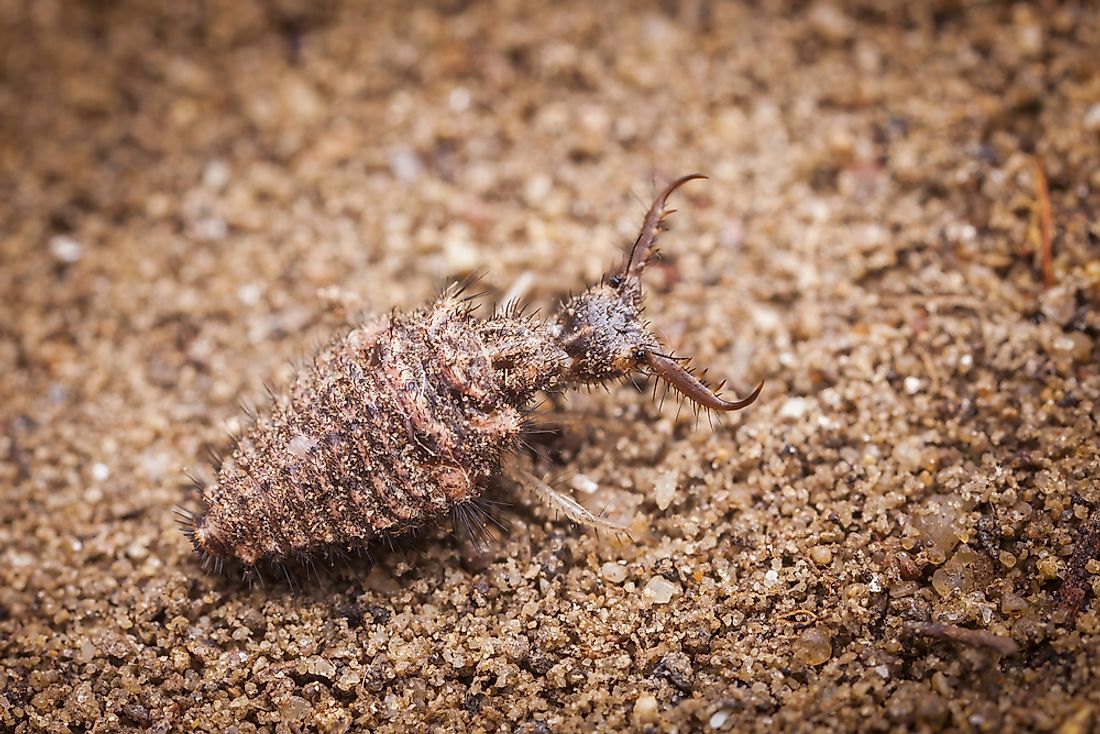
Ant lions constitute a group of more than 2,000 insect species that are most well known for the fierce predatory larvae of the various species. The larvae are known to use unique skills to capture prey. They have been observed to dig pits where passing prey like ants get trapped and are then consumed by the ant lion larvae. The larvae also often lie in ambush waiting to pounce on the prey as soon as the prey approaches the hidden ant lion larvae. The adult ant lions, however, are not commonly observed as they are nocturnal in nature. These insects are found in a wide variety of habitats including the savannahs of South Africa. The larvae are voracious feeders and after capturing the prey immobilizes it by injecting venom into the prey. Next, the larvae start sucking out the digestion products. The ant lion larvae can kill a wide variety of prey including small spiders.
3. Leopard Tortoise
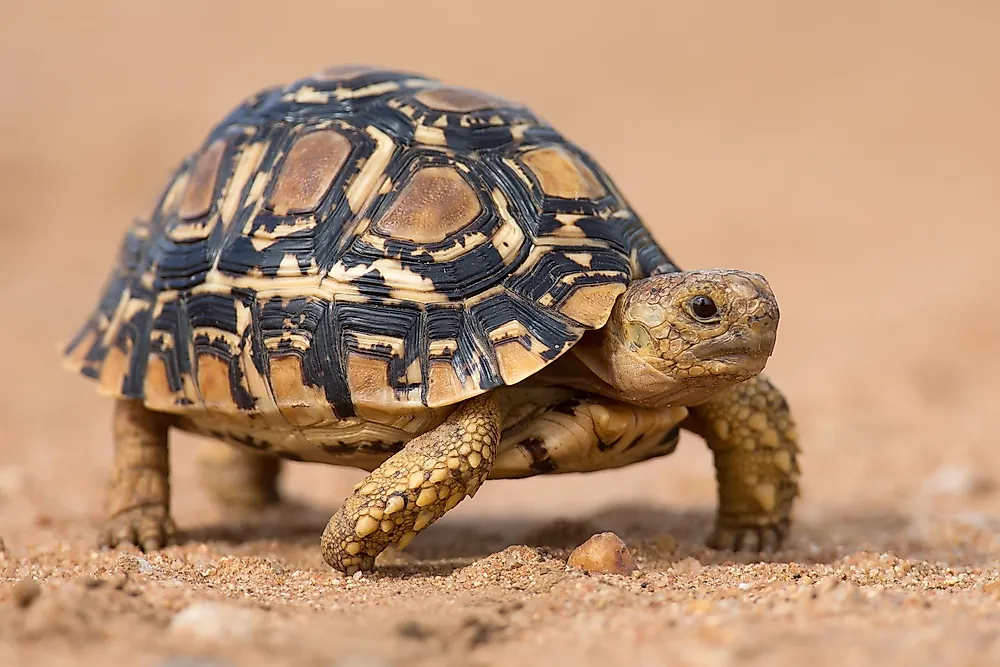
The leopard tortoise is another one of the fascinating and famous “Little Five” species of South Africa. The tortoise lives in the savannahs of southern and eastern Africa where it grazes in the region’s grasslands. Within their habitat they prefer to occupy holes or burrows created on the ground by other animals like jackal, fox, etc. It only digs burrows to lay eggs. It is the world’s fourth biggest species of tortoise with adults growing up to 40 cm long. The leopard tortoise plays an important role in the dispersal of seeds of the plants they consume as seeds pass through their gut undigested and end in the ground through their feces. The animals have a lengthy life span. Although the leopard tortoise is still a widespread and common species, several human activities threaten its existence.
2. Buffalo Weaver
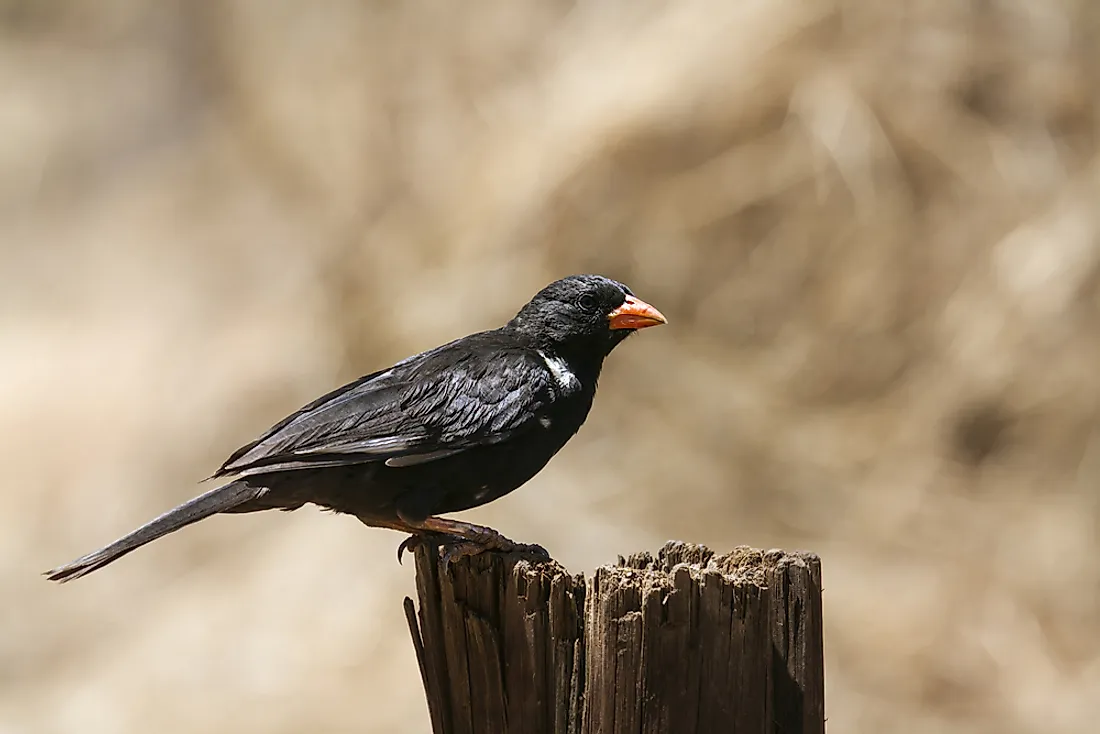
The red-billed buffalo weaver is a bird species that lives in the dry savanna and sparse woodland habitats of the countries of southern Africa. The bird is one of the largest among the weaver birds with a length of about 24 cm and a weight of about 65 g. The male and the female both have chocolate brown colored feathers but the males have white flecks on the wings which is lacking in the females. The birds feed on insects and plant parts. The birds are well-known for the elaborate nests woven by them.
1. Elephant Shrew
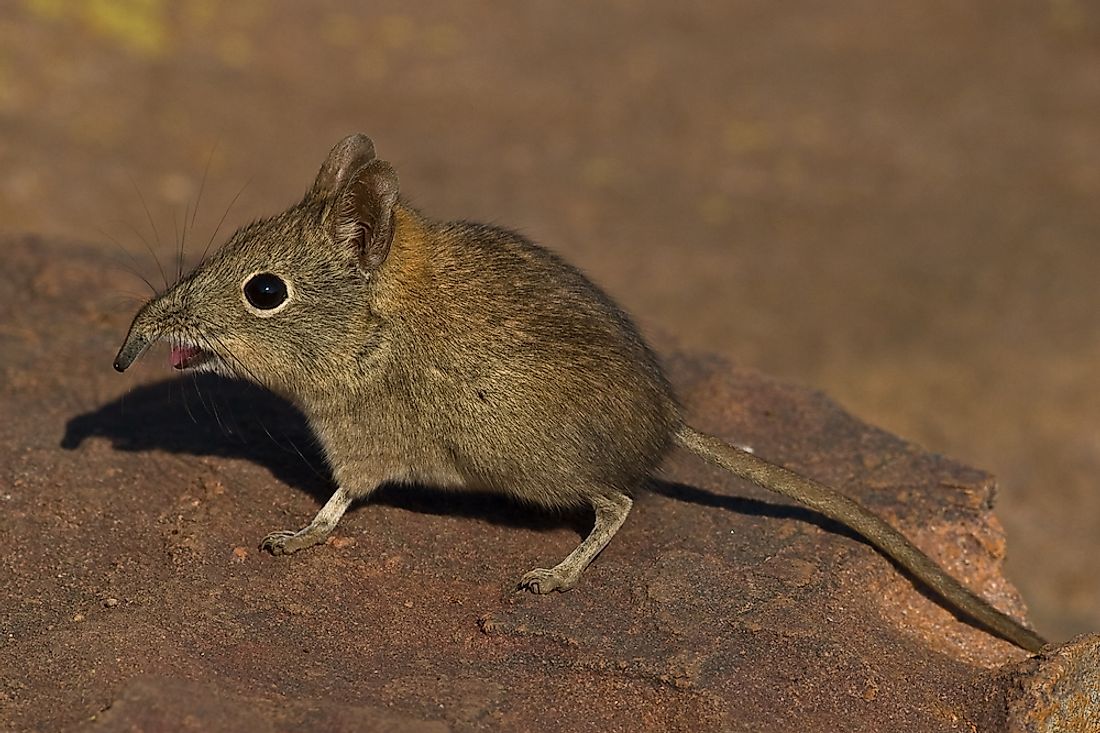
Elephant shrews named so for the fascinating similarity between their noses and an elephant trunk, are native African insectivorous mammals. They are commonly found in parts of southern Africa where they inhabit a wide variety of habitats. The elephant shrews are noted for their fast speeds with can be as high as 28.8 km/h. Although these animals are diurnal in nature they are difficult to spot because of their elusive nature. These shrews are not highly sociable animals but might live as monogamous pairs.











